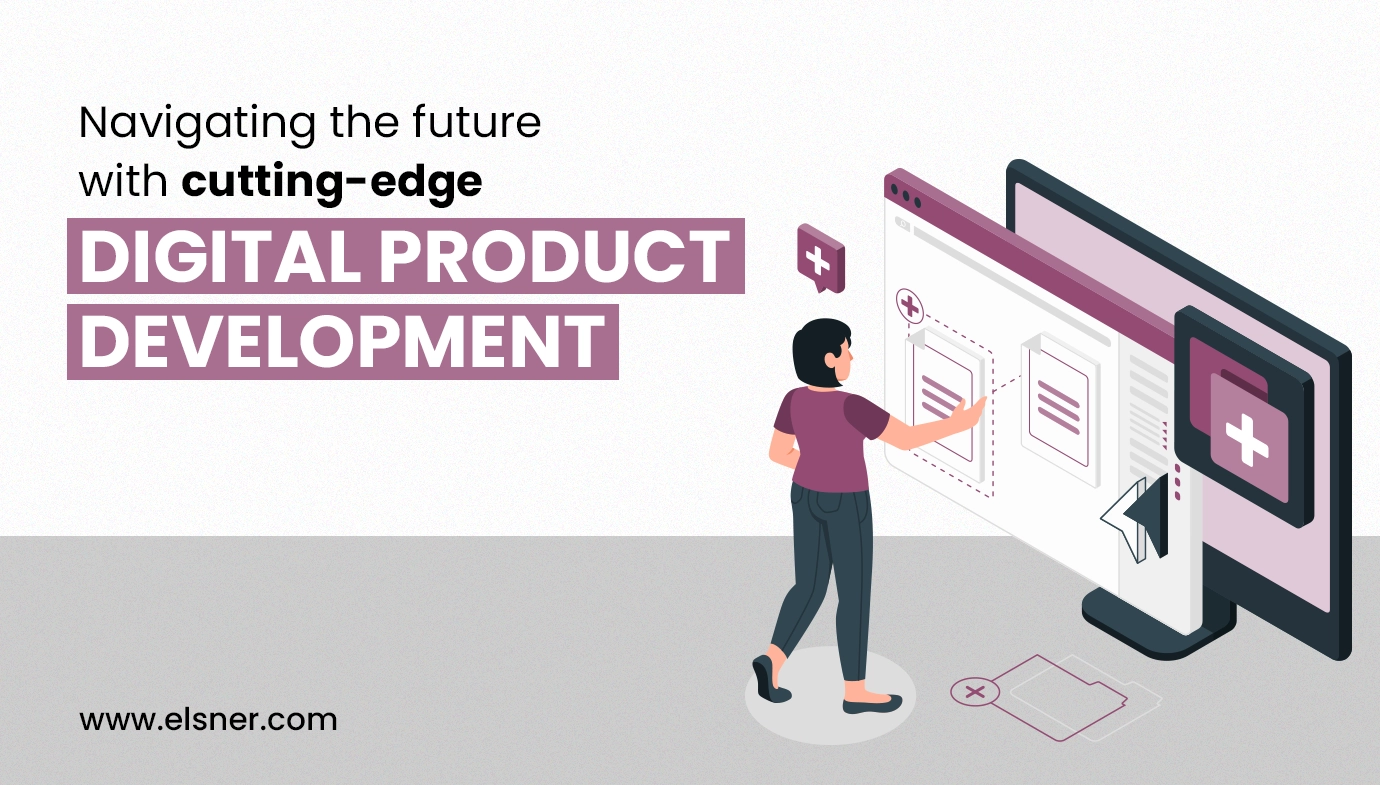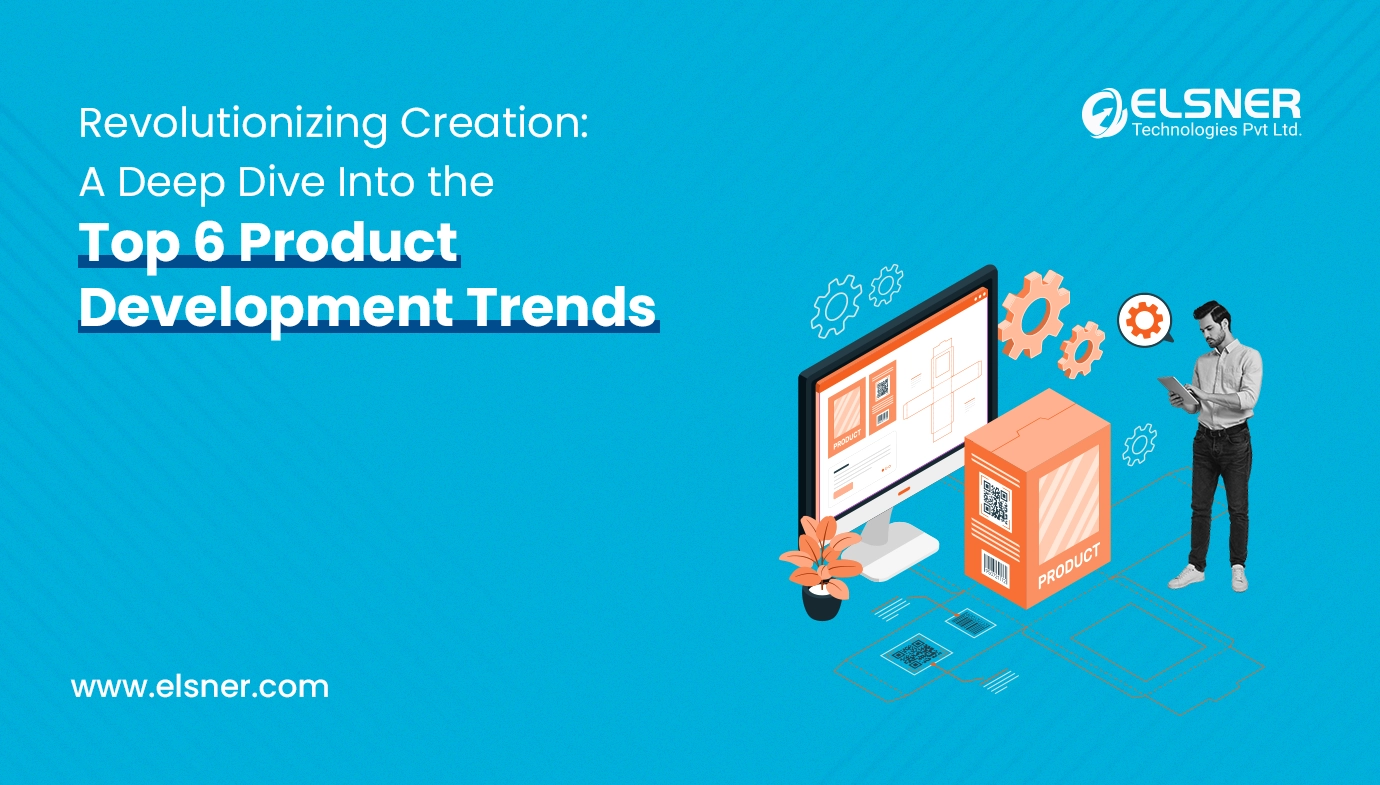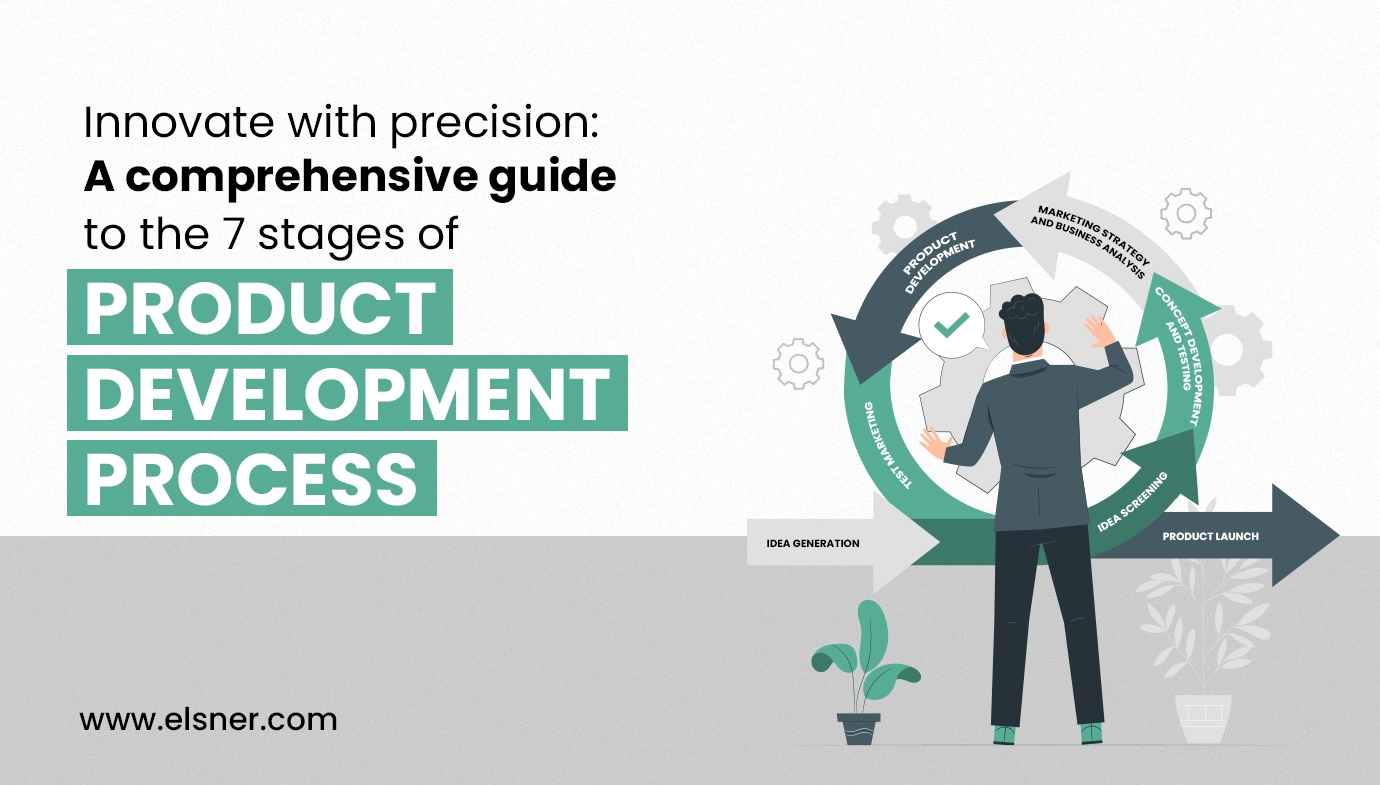- What is referred to As Digital Product Development?
- 6 Stages of Digital Product Development: What are those?
- Step 1: Conceptualizing and Generating Ideas
- Step 2: Conducting Market Research and Strategic Planning
- Step 3: Designing and Creating Prototypes
- Step 4: Executing the Development Phase
- Step 5: Performing Testing and Ensuring Quality Assurance
- Step 6: Launching and Deploying the Product
- What are the Major Project Development Challenges You are Expected to Come Across?
- Evolving Requirements
- Technical Hurdles
- User Experience (UX) Challenges
- Resource Limitations
- Scope Creep
- In a Nutshell
Are you aware of the fact that about 30,000 new digital products are introduced each year? Yes, you heard it right! Due to this particular reason, it can be a little challenging to ensure that your product sets a mark in the customers’ minds. You will be shocked to know that 95 percent of them fail in the initial year. The reason behind this is that they failed to cater to their customer’s unique requirements and demands.
So, while coming up with a digital product, you should focus on making it innovative and user-centric. With this, you can ensure the success of your business. It also provides long-term viability to businesses and fosters customer loyalty, which plays a crucial role in facilitating its growth. In order to come up with the most effective products, you should essentially reach out to a reputed product development company. In this guide, we are going to first explore what digital product development is all about, followed by the key steps involved in the process. So, let’s dig in:
What is referred to As Digital Product Development?
Digital product development is known to be the process that involves conceptualizing, designing, crafting, and launching products digitally so that they offer value to users. These products typically entail software-based solutions, including web apps, mobile apps, digital services, software platforms, and online tools. Make sure to reach out to a product development agency to uncover further details about this.
6 Stages of Digital Product Development: What are those?
If you are planning to opt for the assistance of a Product development company, then first of all, you should have a clear idea about the critical steps involved in this process. It typically encompasses six stages. Each of the steps is known to play an important role in creating a user-centric and thriving product that resonates well with the unique requirements of the targeted audience. With this, you can develop a product that helps you successfully achieve your business objectives. Now, let’s explore the steps:
Step 1: Conceptualizing and Generating Ideas
The first and most crucial step involves conceptualization and ideation. In this particular step, the initial idea for the digital product design procedure is conceived. It might involve finding out a specific problem or need in the market that the product could effectively address. Once the concept is formed, it becomes important to outline the primary purpose, features, and benefits of the product.
- Discovering specific market requirements and opportunities.
- Brainstorming ideas for the digital product.
- Defining the targeted audience, purpose, and unique value proposition of the product.
- Crafting initial sketches or rough concepts for visualization of ideas.
If you need any related help, you can opt for the assistance of a leading Product development agency.
Step 2: Conducting Market Research and Strategic Planning
The subsequent step involves conducting comprehensive research that will help you understand the market landscape well. The main goal behind doing this is to collect insights that facilitate refining the product concept, positioning, and USP or unique selling points.
- Carrying out in-depth market research for comprehending user requirements, pain points, and preferences.
- Evaluating competitors for detecting opportunities and gaps.
- Defining clear goals and objectives of the particular product.
- Crafting a strategic plan involves outlining the features, scope, and timeline of development.
Step 3: Designing and Creating Prototypes
It is the step where comprehensive planning for the Product’s development journey takes place. Also, it becomes essential to outline the specifications in this step. Along with that, you should focus on defining the functionalities, features, and technical requirements of the product. It also involves the creation of user stories that describe how users establish interaction with the product.
- Designing basic layouts and wireframes of the UI or user interface.
- Developing mockups that perfectly represent the visual design of the specific product.
- Coming up with interactive prototypes that effectively demonstrate interactions and user flows.
- Iterating on the design depending on testing and feedback.
Step 4: Executing the Development Phase
The next step is where the actual coding and development of the digital product is done. In this case, prototypes, MVPs, or minimum viable products are often built to demonstrate the integral functionalities and features.
- Setting up of the technical infrastructure, which generally includes databases, servers, and development environments.
- Writing code for the back-end (database and logic) and front-end (user interface).
- Implementing specific functionalities and features as per the specifications and design.
- Carrying out the iterative development with regular testing and refinements helps in making sure that the particular product caters to its desired goals.
Step 5: Performing Testing and Ensuring Quality Assurance
At this stage, you must examine the product thoroughly to find any bugs, defects, or problems. So, it helps in ensuring that the product is functioning as per the expectation. It also offers a reliable experience to users. For any related help, get in touch with a professional product development company.
- Executing functional testing to make sure that every single feature works as intended.
- Conducting usability testing to detect any usability concerns and validate the user experience.
- Testing the compatibility of the product with different platforms, browsers, and devices.
- Performing performance testing to properly evaluate the product’s stability, responsiveness, and speed.
Step 6: Launching and Deploying the Product
The final step is all about launching the product to the target audience, for which you may need the help of a product development agency. It might include deploying it to websites, app stores, or other distribution channels. Once the product is successfully launched, it is time to carry out post-launch activities. It includes monitoring the user feedback and analytics for assessing how the users interact with the product.
- Preparing the product for deployment by configuration of the environments and servers.
- Crafting a deployment plan that incorporates the essential steps along with contingencies.
- Deploying the product to the targeted environment, whether it is websites, servers, or app stores.
- Monitoring the launch closely and addressing any concerns that may arise.
What are the Major Project Development Challenges You are Expected to Come Across?
Now that you know about the stages of digital product development, it is time to talk about some of the most common challenges you will likely face during the process. A reputed product development agency can help you to deal with these challenges. Below, we are going to discuss this in detail. So, let’s find out:
Evolving Requirements
With the progression of the project, requirements tend to evolve, mainly due to specific changes that happen in market trends, customer feedback, or internal considerations. It can be a challenging task to adapt to these particular changes while also maintaining budgets and project timelines at the same time.
Technical Hurdles
While carrying out the digital product development process, technical concerns are likely to arise. Along with that, you are also going to face integration difficulties and compatibility issues. These sorts of problems typically occur while working with complicated systems or emerging technologies.
User Experience (UX) Challenges
and intuitive user experience can be challenging, especially if the product’s target audience has diverse needs and preferences.
Resource Limitations
The limited budget, human resources, and time can heavily impact development. All of these problems can again affect the quality and timely delivery of the product.
Scope Creep
Scope creep generally occurs when new functionalities or features are constantly added to the project without corresponding adjustments to resources or timelines. It can result in budget overruns and project delays.
All of the above-discussed challenges are most commonly experienced in digital product development. However, it is possible to navigate those successfully with meticulous planning, collaboration, and proactive problem-solving. In this regard, it is also important to maintain open communication, especially among stakeholders, team members, and users, to promptly address any challenges. It again ensures the successful development of your digital project.
But, if you find any difficulties in addressing any of these challenges, you can get in touch with a professional product development company or product design services company who can offer you related assistance.
In a Nutshell
So, if you wish to stand out within the digital ecosystem with your product, it is essential to ensure that it speaks to the user, contains a rich set of features, etc. Your product should be secure as well. All in all, digital product development is considered a strategic move that is potent to bring transformation in businesses. From expanding market reach to fostering innovation, digital products help you to stay pertinent and competitive in this digital-centric world. By successfully following all the steps mentioned above, you can come up with a powerful and successful product.
We hope you have found this blog post to be valuable. To learn more about this, you can approach a trusted product design services company who is dedicated to offering best-in-class services that match your business goals.

About Author
Pankaj Sakariya - Delivery Manager
Pankaj is a results-driven professional with a track record of successfully managing high-impact projects. His ability to balance client expectations with operational excellence makes him an invaluable asset. Pankaj is committed to ensuring smooth delivery and exceeding client expectations, with a strong focus on quality and team collaboration.



